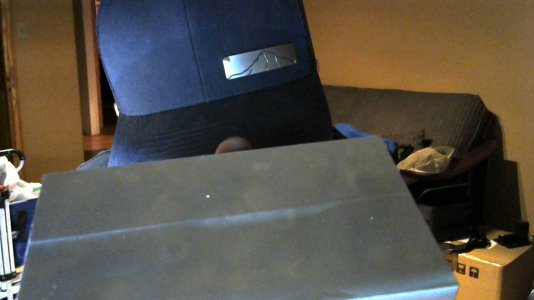- Joined
- May 9, 2020
- Messages
- 42
It's hard to explain, but when using my 2" facing tool on a 3.5 inch part, when doing the overlap, I get a distinct ridge that is about a thou in difference. even though that area is in the "overlap" there really shouldn't be any ridges. Tool marks yes, I get that. I did run the tool down one side and up the other, rather than bringing the tool back to the same side as the original cut.
The facing tool is this guy. https://www.amazon.com/gp/product/B00HQMXSM2/ref=ppx_yo_dt_b_asin_title_o04_s00?ie=UTF8&psc=1
Any suggestions on how to troubleshoot is greatly appreciated. Thanks.
The facing tool is this guy. https://www.amazon.com/gp/product/B00HQMXSM2/ref=ppx_yo_dt_b_asin_title_o04_s00?ie=UTF8&psc=1
Any suggestions on how to troubleshoot is greatly appreciated. Thanks.


